The Myth of the “Dead” Business Card
With smartphones, LinkedIn, and QR codes dominating professional networking, many assume the humble business card design is outdated. But here’s the truth: in Malaysia’s business culture — and globally — business cards remain a powerful branding tool. They are often the first physical impression someone has of your company, and first impressions are difficult to undo.
This article explores why business cards still matter in a digital world and how thoughtful design can set your brand apart.
The Enduring Power of Business Cards
1. Tangible Branding
While digital connections can be forgotten in a flood of notifications, a well-designed card lives in someone’s wallet, desk, or organizer. A premium business card design acts as a reminder of your brand’s presence.
2. Professionalism and Trust
In Malaysia, exchanging cards is still considered a sign of credibility and respect. Walking into a meeting empty-handed can feel incomplete. A strong business card shows that you take your role — and your client — seriously.
3. Memorable First Impressions
A handshake and a card exchange often happen simultaneously. That small rectangle of card stock becomes a memory trigger for your conversation. Creative design elements like embossing, textured finishes, or bold logos can make your card unforgettable.
Why Business Card Design Still Works in 2025
1. Complements Digital Marketing
A card doesn’t replace your digital presence — it bridges the gap. A well-designed card can feature QR codes that link directly to:
- Your website
- Social media profiles
- A digital portfolio or company profile
2. Affordable, High-Impact Marketing
Compared to other marketing materials, business card design is low-cost yet high-return. A stack of cards can result in valuable connections at events, trade shows, and even casual encounters.
3. Branding Consistency
Your card should reflect the same style as your logo design, website, and company profile design. Consistency builds recognition, making your brand more memorable and trustworthy.
4. Easy Sharing Without Barriers
Not every client or partner is tech-savvy. A simple card ensures your contact details are accessible without Wi-Fi, apps, or logins.
What Makes a Business Card Design Effective
- Simplicity: Don’t overcrowd. Include only essentials: name, role, phone, email, and website.
- Clarity: Use legible fonts and proper spacing.
- Branding: Incorporate colors, typography, and style consistent with your company identity.
- Quality Material: A sturdy, textured card leaves a lasting impression.
- Modern Touches: QR codes or NFC chips can make cards interactive without losing tradition.
Business Cards in the Malaysian Market
In Malaysia, business cards remain vital in industries like real estate, law, finance, and corporate services. Exchanging cards is often the first step in building trust. Even in creative industries, a unique card shows personality and professionalism.
Despite living in a digital-first world, business card design continues to play a key role in networking and branding. It is a small but mighty tool that combines tradition with modern utility.
If you’re serious about building strong business connections, don’t neglect the power of a well-crafted business card. The digital world may be evolving, but some classics never go out of style.



